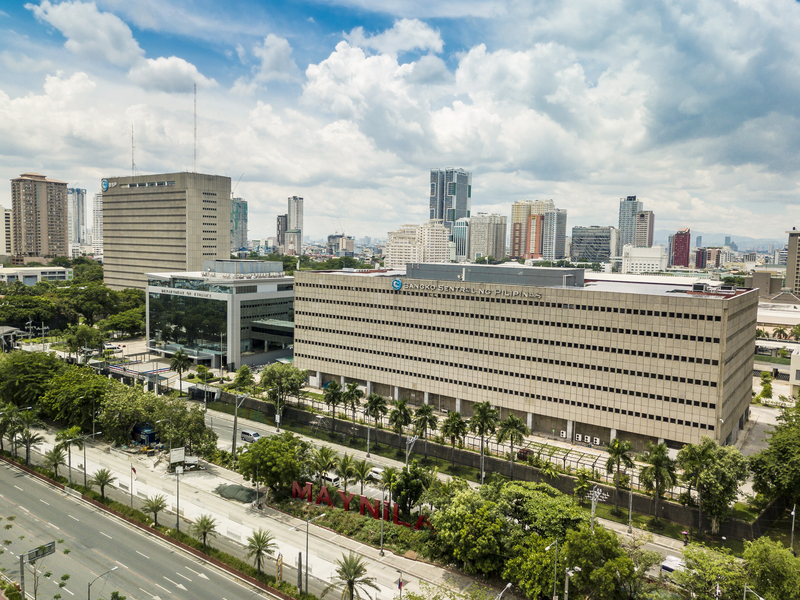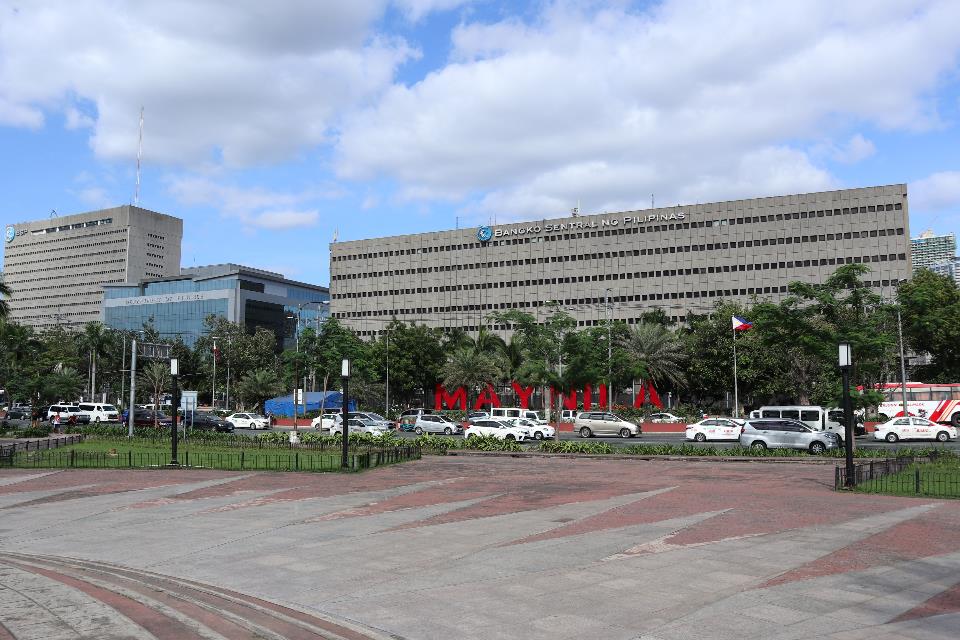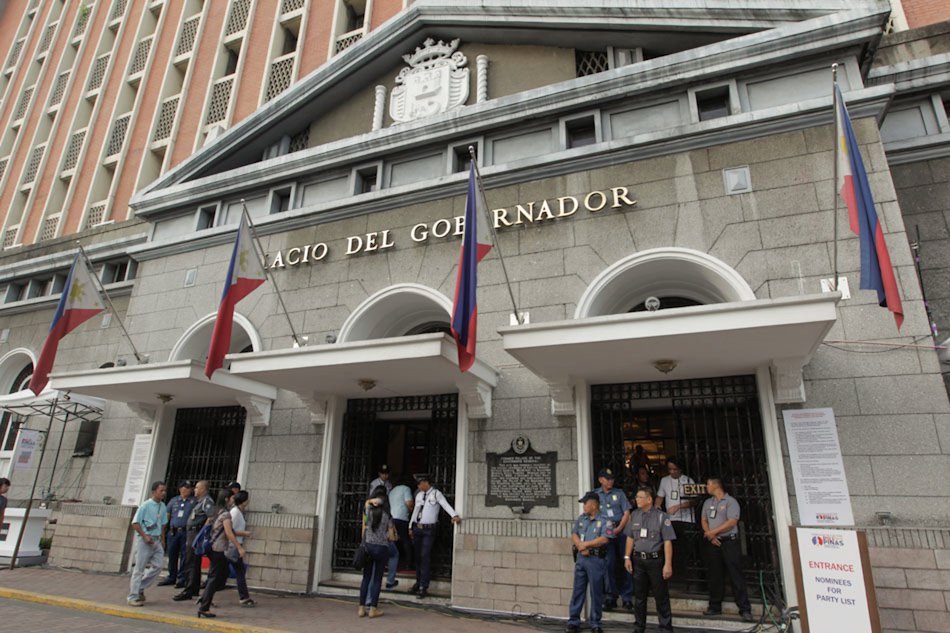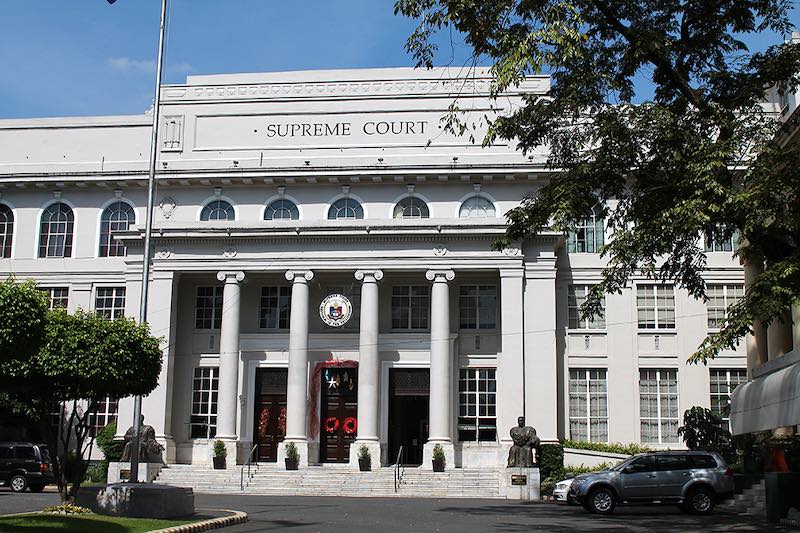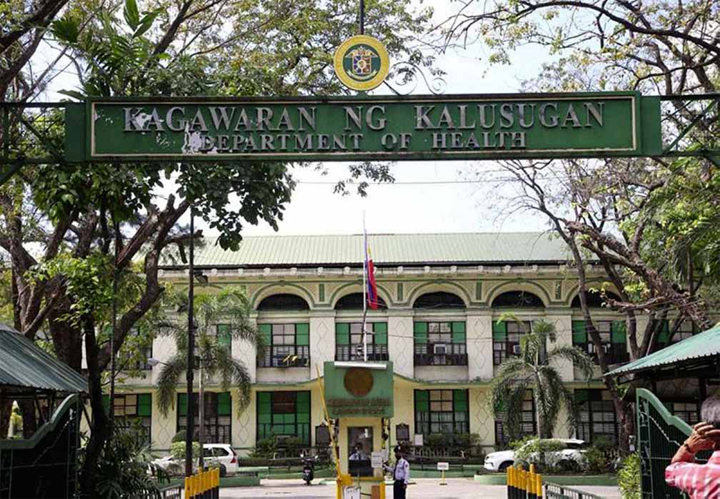THE Bangko Sentral ng Pilipinas (BSP) hiked its rates for the third consecutive month on Thursday, in an effort to anchor the rise of consumer prices and inflation expectations.
BSP Deputy Governor Francisco Dakila Jr. announced on Thursday that the Monetary Board decided to raise its interest rates by 50 basis points to 4.25 percent, effective Friday, September 23. Accordingly, the interest rates on the overnight deposit and lending facilities were raised to 3.75 percent and 4.75 percent, respectively.
This is the third consecutive month that the BSP hiked its benchmark rates: first in an off-cycle hike in July of 75 basis points, and another one in August, 50 basis points.
Dakila said in deciding to raise the policy rate anew, the Monetary Board considered that price pressures continue to broaden, noting that the rise in core inflation indicates “emerging demand-side pressures” on inflation.
Moreover, the deputy governor said, second-round effects continue to manifest, with inflation expectations remaining elevated in September following the approved minimum wage and transport fare increases.
In particular, BSP’s average inflation forecast is now closer to 6 percent for this year. Dakila said they have revised their expectation from last month’s 5.4-percent average inflation now to 5.6 percent.
For next year, the BSP has also raised their inflation average forecast to 4.1 percent. Meanwhile, the forecast for 2024 eases to 3 percent from 3.2 percent.
“Given elevated uncertainty and the predominance of upside risks to the inflation environment, the Monetary Board recognized the need for follow-through action to anchor inflation expectations and prevent price pressures from becoming further entrenched,” Dakila said.
“The domestic economy can accommodate a reasonable tightening of the monetary policy stance, as demand has generally held firm, owing to improved employment outturns and ample liquidity and credit,” he added.
Despite the recent BSP actions, the deputy governor said the risks to the inflation outlook remain tilted toward the upside until 2023 and broadly balanced in 2024.
Price pressures may continue to emanate from the potential impact of higher global non-oil prices, pending petitions for further transport fare hikes, the impact of weather disturbances on prices of food items, as well as the sharp increase in the price of sugar.
Meanwhile, the impact of a weaker-than-expected global economic recovery continues to be the main downside risk to the outlook.
BSP not alarmed by peso’s movement
Asked why the BSP did not match the more aggressive rate hike of the US Federal Reserve to influence some strengthening on the local currency against the greenback, Dakila said the BSP’s intention is not to “target” a particular level of foreign exchange.
“The priority is to bring inflation back to within the target band over the medium term. We believe today’s rate hike will help us achieve our price stability objective,” Dakila said.
“This adjustment shall help alleviate some pressures of the peso which could in turn temper inflationary impulses stemming from elevated global commodity prices,” he added.
“To drive again the message, the BSP stands ready to participate in the foreign exchange market only to ensure orderly market conditions and to reduce excessive short-term volatility in exchange rate,” the deputy governor further said.
The local currency has hit its “record high” level against the US dollar nine times this month alone: on September 2 at P56.77 to a dollar; on September 5 at P56.99 to a dollar; on September 6 at P57 to a dollar; on September 8 at P57.18 to a dollar; on September 16 at P57.43 to a dollar, on September 20 at P57.48 to a dollar; on September 21 at P58 to a dollar; and on September 22 at P58.49 to a dollar.
Dakila, however, said the movement of the local currency—which has lost almost P2 pesos in value against the US dollar in September alone—is “expected” and a “natural consequence” of a recovering economy.
“The current movement of the peso is expected as it largely reflects the strengthening of the US dollar, given the monetary policy tightening cycle of the US Fed. Concerns over the Russia-Ukraine conflict and its protracted impact on global supply chains. Global growth uncertainty and elevated global inflation also continue to drive investors towards the US Dollar as a safe haven asset,” Dakila said.
“Other currencies actually in the region are also seeing a pronounced weakening and risk volatility. Our view is that the recent foreign exchange pressures are not unique to the peso. The peso’s movements are a natural consequence of the prevailing current account dynamics of a growing economy, reflecting the increase in the country’s imports and with the ongoing economic recovery again,” he added.
Further rate hikes still possible
Despite the triple hike from the BSP in the last three months, economists believe that the Central Bank could still raise interest rates in its coming monetary policy meetings before the year ends.
Rizal Commercial Banking Corporation (RCBC) chief economist Michael Ricafort said further local policy rate hikes “could still be possible” in the coming months, as supported by generally strong economic data; also as a function of future Fed rate hikes and the behavior of the peso exchange rate, going forward.
“Higher local policy rates would lead to some increase in borrowing/financing costs that could lead to lower earnings and valuations, as well as slow down the economy as an unintended consequence in the quest to fight off inflationary pressures,” Ricafort said.
Analysts at Oxford Economics also expect the BSP to raise interest rates by a further 25 basis points in November.
“Against a backdrop of ongoing elevated inflation and at least further 75 basis point US rate hikes this year, we expect the BSP to raise rates by another 25 basis points at its November meeting, bringing the policy rate to 4.5 percent at year-end,” Oxford Economics assistant economist Makoto Tsuchiya said.
“Thereafter, with signs that inflation has peaked early next year, we expect an extended pause over 2023 as priorities shift back towards supporting growth amid a weak external environment,” the economist added.
The BSP Monetary Board is scheduled to meet again for its next monetary policy setting early November.
Image credits: Mdvedwards | Dreamstime.com

